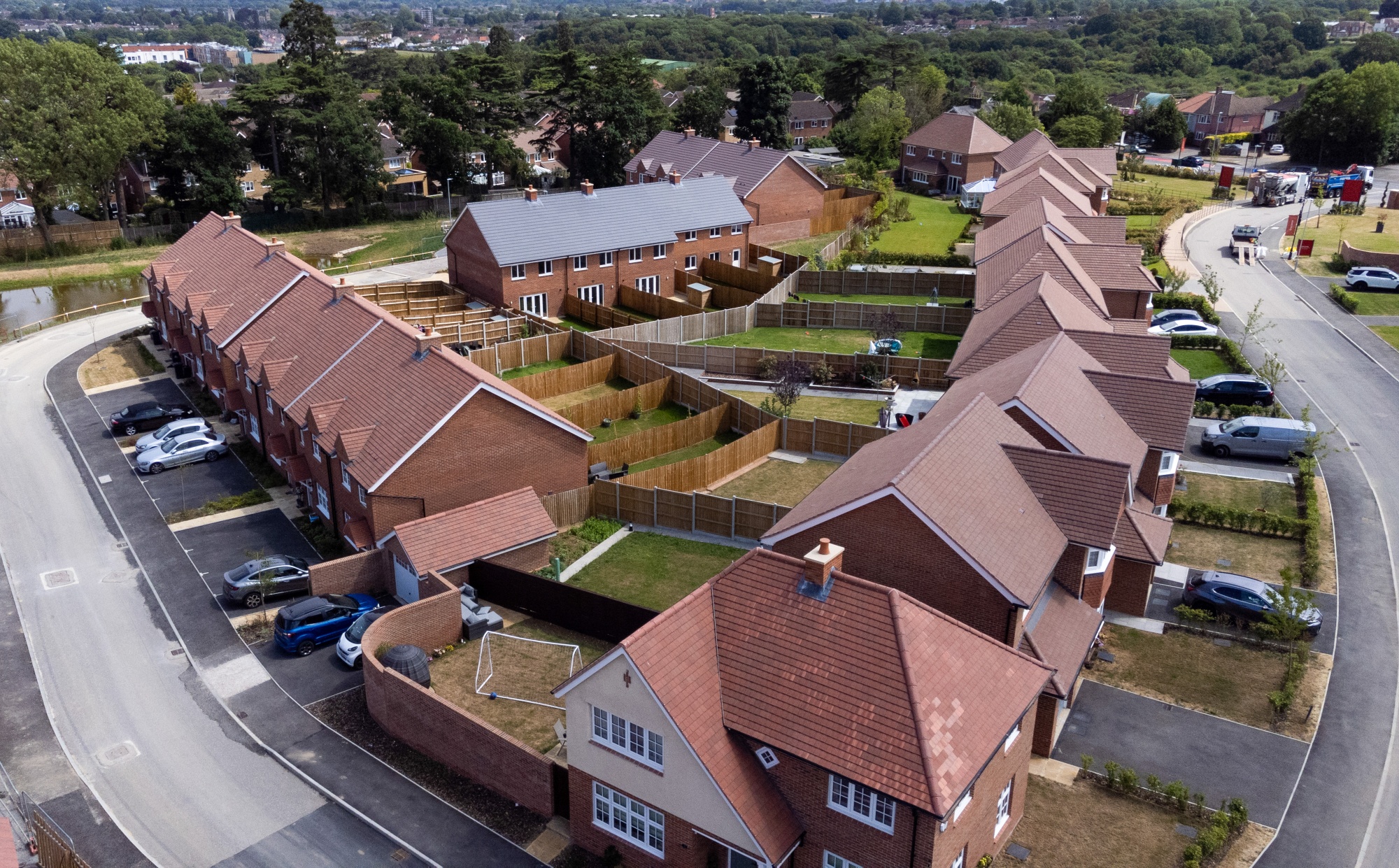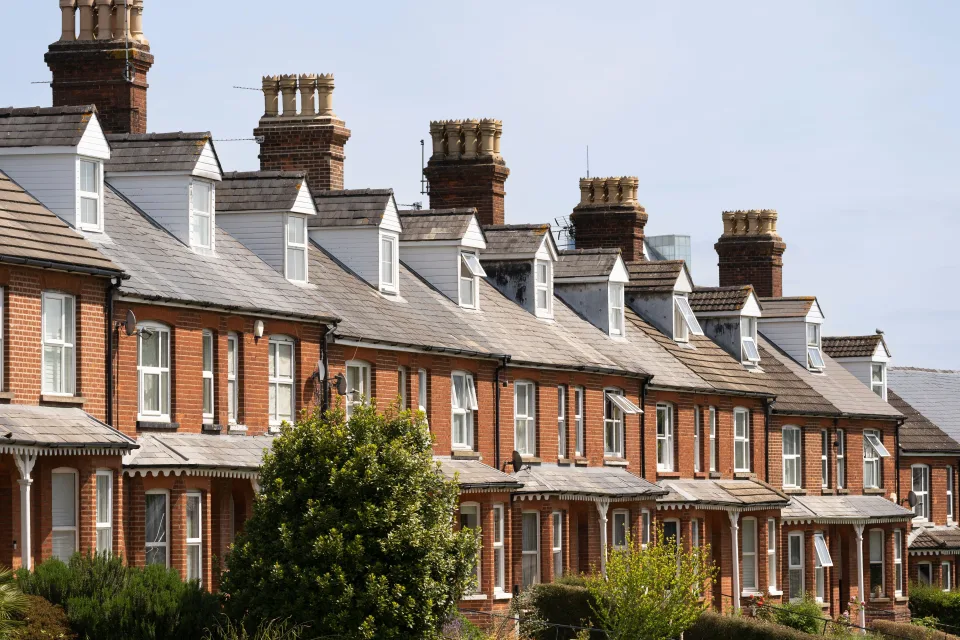The UK buy-to-let mortgage market has experienced a significant decline, with new mortgages falling by more than 50% over the past year. According to UK Finance, the drop is attributed to rising mortgage costs and broader cost of living pressures, which have strained landlords and led many to sell their properties.
This marks a notable shift as the buy-to-let sector, which had been expanding for nearly three decades, has now contracted for the first time.
The surge in interest rates has made it increasingly difficult for prospective landlords to meet affordability criteria set by lenders. Data reveals that new buy-to-let mortgage approvals plummeted from 25,280 in the last quarter of 2022 to just 12,422 in the first quarter of 2024. This trend highlights the growing financial challenges faced by individuals looking to invest in rental properties.

UK Buy-to-Let Mortgage Market Falls Over 50% Amid Rising Costs and Interest Rates
Historically, the buy-to-let market thrived due to favorable tax conditions and legal changes in the 1990s. However, changes in tax policy, including the reduction of tax relief for property investors by former Chancellor George Osborne in 2015, have diminished the sector’s appeal. Despite a period of strong house price growth and high rental demand, recent mortgage rate increases have impeded further expansion.
UK Finance notes that the buy-to-let sector’s contraction has been modest, with outstanding mortgages decreasing from 2.039 million to 1.98 million over the past year. This slight reduction reflects the sector’s current challenges, which are compounded by the rising costs associated with being a landlord, making it less profitable compared to previous years.
Additionally, the number of landlords in arrears has sharply risen. At the end of the first quarter of this year, 13,570 of the 1.98 million outstanding buy-to-let mortgages were in arrears, a 93% increase from the same period the previous year. Despite this, the percentage of mortgages in arrears remains low at 0.68%, with no further increase noted since late 2023.











































